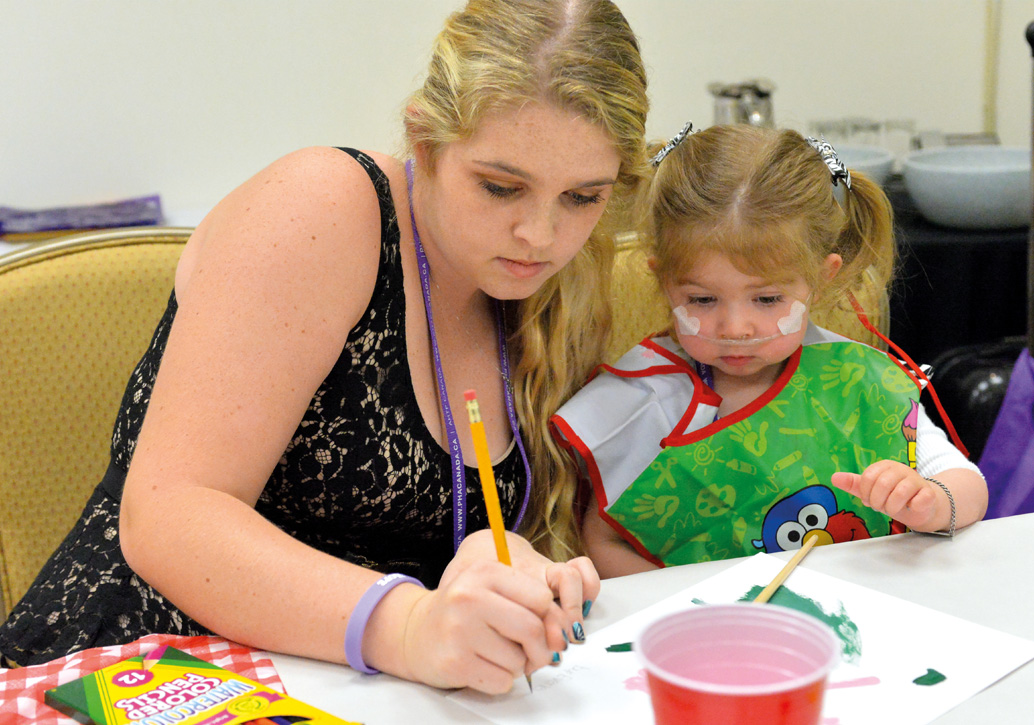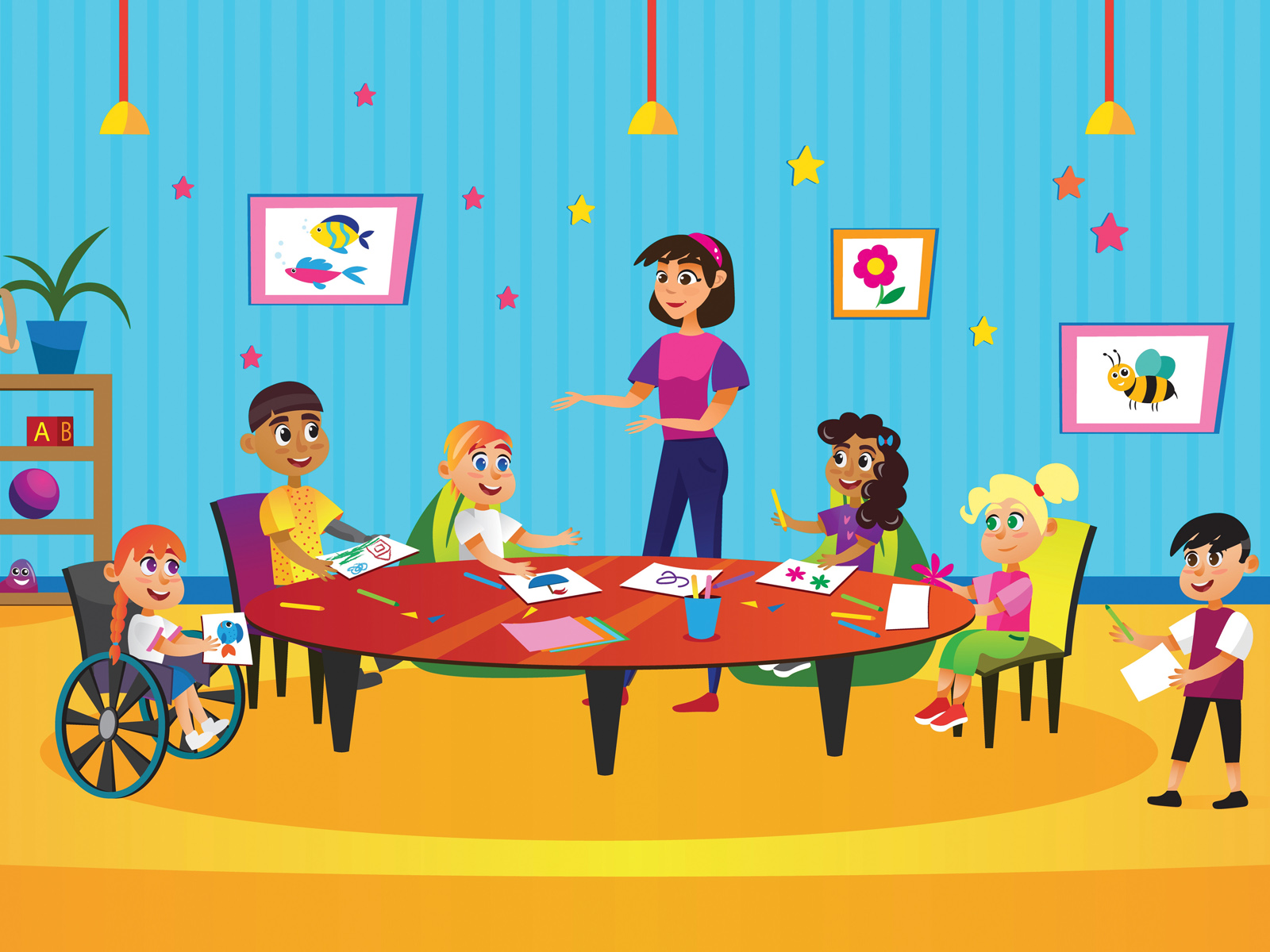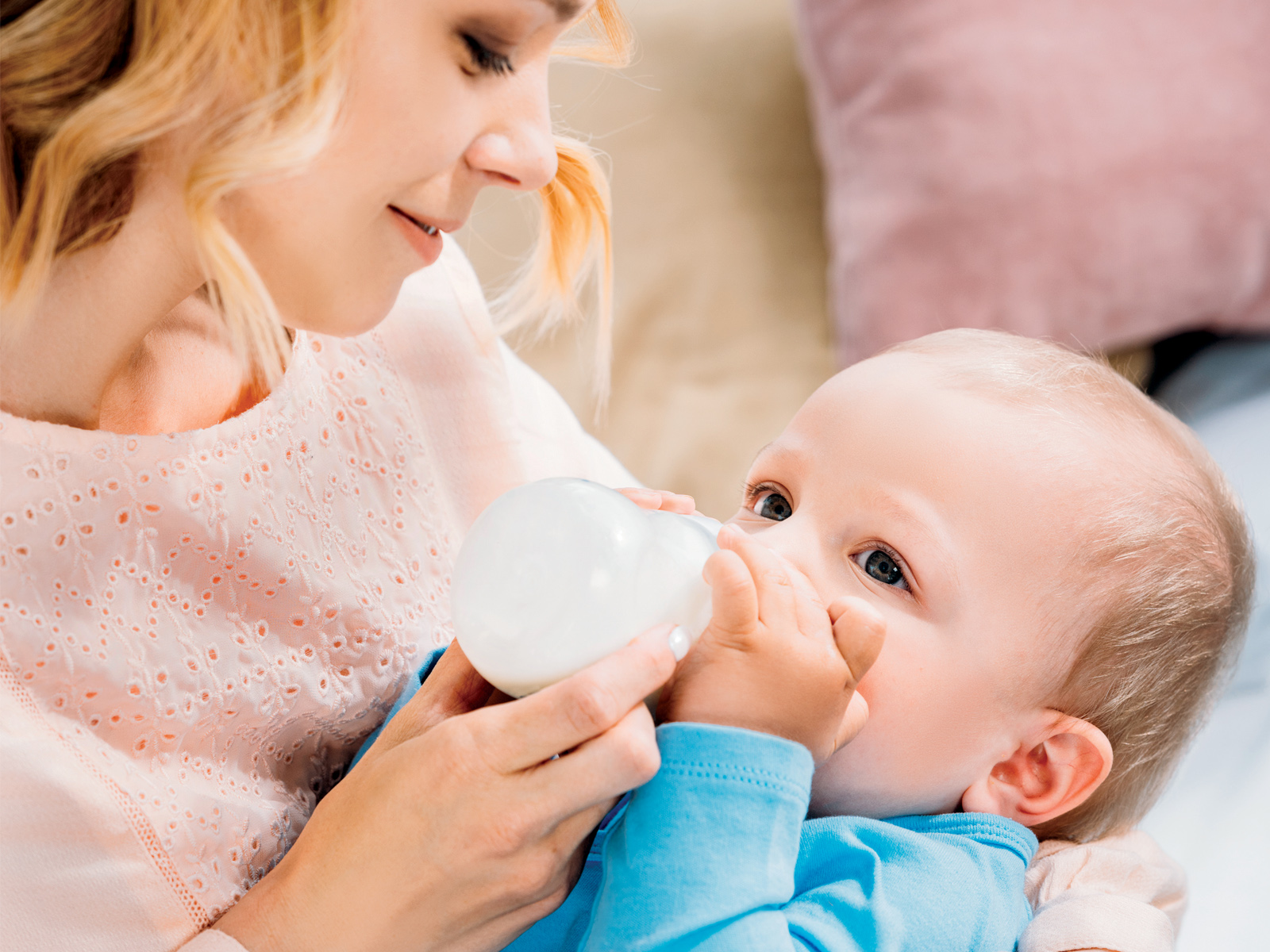Having your child diagnosed with pulmonary hypertension (PH)—a disease many haven’t even heard of—can be extremely frightening. Lifestyle changes will need to be made, but children go on to lead happy and fulfilling lives. Here’s some advice to help cope with a PH diagnosis.
Recognizing symptoms in kids
PH is a rare disease that affects the arteries of the lungs. Because it shares a number of its symptoms with other conditions, patients often get misdiagnosed. The symptoms of PH in children are very similar to those seen in adults: exercise intolerance, shortness of breath and blue-tinged lips and nails. As children are usually more active than adults, they are more prone to dizziness, fainting or breathlessness. Other symptoms can include paleness, fatigue, “asthma”-like symptoms, a pounding or fast heartbeat, chest pain, poor appetite, sweating and rapid breathing.
Day-to-day living
When faced with a diagnosis of PH, it’s natural to want to protect your sick child. However, this can lead to overprotectiveness. Try your best to treat your child as you would any other kid, and encourage them to participate in activities within their abilities.
Make sure you talk to your child about the importance of letting others know when they feel unwell and are having symptoms such as chest pain, dizziness or nausea. They shouldn’t ever have to feel embarrassed about having PH, even if they need help with taking medication or wear medical equipment.
At school
Before your child begins education or moves to a new school, discuss their condition with staff. Clear instructions should be put in place on what to do in an emergency. Make sure the school is aware if your child is on blood thinners, and ask staff to inform you if any illnesses are circulating.
If your child feels happy for you to do this, visit their classroom at the start of each school year and talk to their classmates about the disease. This takes away the mystery around the symptoms, and lets the children know what to look out for if your child needs help. Consult with your PH specialist to understand what activities your child can participate in, such as gym class.
Advocating for your child
As a parent, you are the most qualified person to look out for your child’s best interests and well-being.
Trust your instincts. Make sure you speak up if you think something isn’t right, and don’t be afraid to ask questions regarding the treatment of your child.
Keep a journal. Record all the information from your visits with your child’s PH specialist and from any periods of hospitalization. You can also note down medications that your child needs in the journal, and the correct times that each should be taken.
Speak up. Tell a member of the medical staff if you feel someone has suggested a medication or treatment that you know is not suitable for your child, and insist on seeing your PH specialist.
Excerpted with permission from the Pulmonary Hypertension Association of Canada. Visit phacanada.ca for more information.














